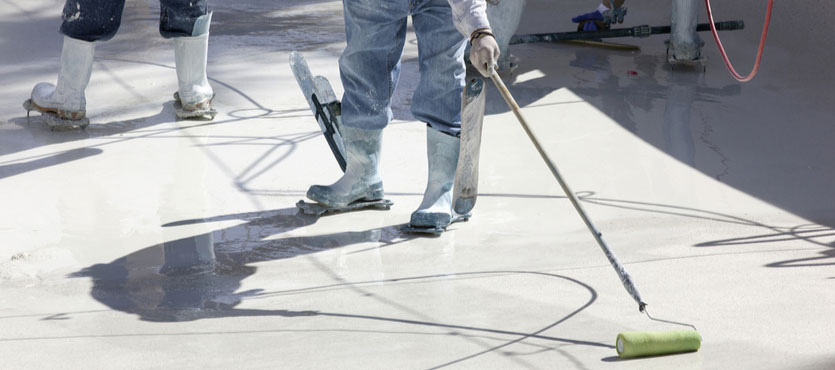Is your pool looking a little worse for wear? There are certain telltale signs that it’s time to resurface your pool. Here’s what you need to look out for to ensure your pool remains in good condition for many years to come.
7 Things to Look for That Indicate Your Pools Needs Resurfacing
Surface Stains
There are many reasons that surface stains appear on pools over the years, some of the biggest culprits include calcium, salt and copper. These substances will cause the sides of your pool to discolor, taking on a blueish-gray hue, they may also form crystal deposits.
Technically these are referred to as “topical stains,” which will stick to the plaster on your pool. While some people attempt to clean these stains using an acid wash, this can create more harm than good. Resurfacing the pool may be the best way to remove these stains without damaging surfaces.
Plaster is Flaking or Peeling
If the plaster around the edges of your floor or steps is peeling, it is technically known as spalling. Spalling is most common if your pool water maintains low PH or calcium levels. As a result, this causes the soluble calcium compound, known as calcium hydroxide, to dissolve. This tends to happen beneath a floating chlorinator on the top step of a pool or spa. The best solution for this issue is to resurface your pool.
The Pool Floor Feels Rough
Remember how smooth your pool floor felt after it was first installed? Over time, it may take on a rougher texture due to chemical decomposition of the smooth outer surface. It may also develop a rough calcium deposit.
Draining the pool and then acid washing it before adding a layer of polish offers a temporary solution, but it is usually more cost effective to re-plaster your pool once the surface becomes rough.
Plaster is Discoloring
Over time it is normal for your pool’s original coloring to wear away and fade into something else. Perhaps it started off a bright shade of blue or gray but now it looks dull, streaked or splotched with white. This is caused by bleaching out and is typically most noticeable on the top steps of a pool.
There are two solutions – you could resurface the pool, or you could add a pebble or tile finish for even longer lasting results in more sensitive areas prone to bleaching out, like pool steps.
There Are Rust Stains on Surfaces
Small rust stains will expand into larger rust stains – and can create quite an eyesore. There are several reasons why this occurs, including oxidization of the rebar or a tie wire in the pool shell.
It is possible to cut out and patch the affected areas, although it may leave behind a noticeable patchwork appearance. Resurfacing the entire pool will provide the smoothest and cleanest fix.
Spider-like Cracks
Look closely at the bottom of your pool – do you notice spider web-like cracks forming along the surface? Some people call them egg shell cracks or check cracks, but they are all the same thing. This is a natural result of hydrating cement, which is made worse when pools are drained and left to sit out in the sun. The only way to really get rid of this eyesore is to resurface your pool.
Cracks in the Outer Structure of Your Pool
Is your pool water draining faster than usual? You can check for leaks in your pool using this method. If you do have a leak, check for cracks around the edges of your pool, or even at the bottom of the pool. This is more than just an eyesore and requires repairs.
Prior to resurfacing the pool, the crack will need to be properly filled in and fixed, otherwise it’s like putting a band-aid on a wound that requires stitches.
Pool Resurfacing by Pools By Signature
At Pools by Signature, we offer diamond bright resurfacing that’ll leave your pool looking like new again. Learn more

